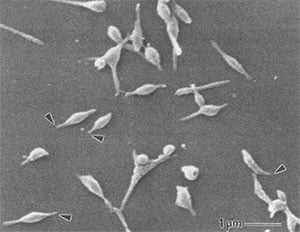Mycoplasma are common coinfections in Lyme disease. They are very small bacteria without cell walls, hard to detect, and difficult to eliminate. They can be passed by insect bites, physical contact, food, or airborne modalities. Virtually everyone has some mycoplasma infections, particularly ureaplasma through sexual contact. They can cause all the symptoms of Lyme disease and may be at the root of many autoimmune disorders. Version 2.0 has doubled the number of frequency sets for mycoplasma and specifically identified many species of mycoplasma. Mycoplasma hominis is so common it has been broken out as a separate file.
Related services
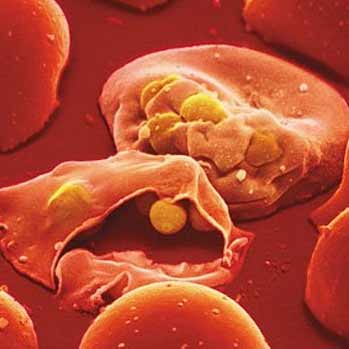
Malaria – Version 6.5
Malaria Frequencies Version 6.0 is the most comprehensive and effective frequency set on the planet for dealing with malaria.
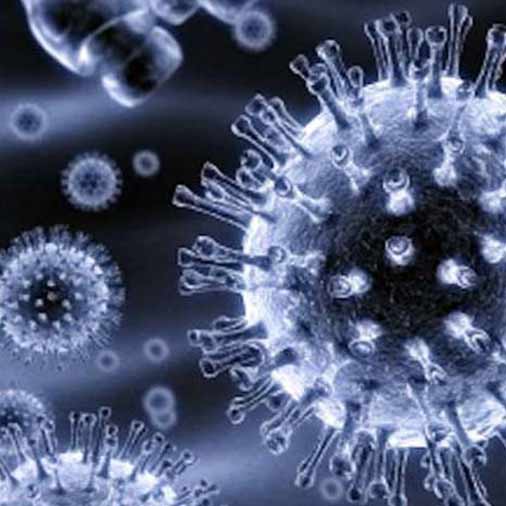
Post Polio Syndrome Frequencies – Version 3.5
The latest version of Post Polio Syndrome includes many new viruses and hundreds of updates. Always use the latest frequencies for best results.

Chlorovirus ATCV-1 – Version 1.0
US researchers have come across a virus that may make us stupider—and it’s turning up in the throats of otherwise-healthy people
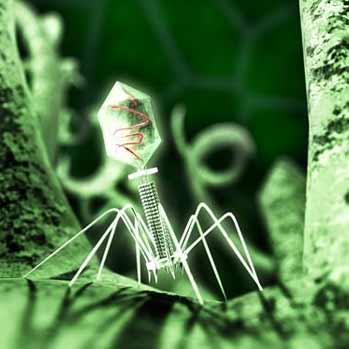
crAssphage (Stealth Fat Virus) – Version 1.1
Researchers at San Diego State University have discovered a gut virus that exists in more than half of the world’s population, and plays a key role in the onset of conditions including obesity and diabetes.
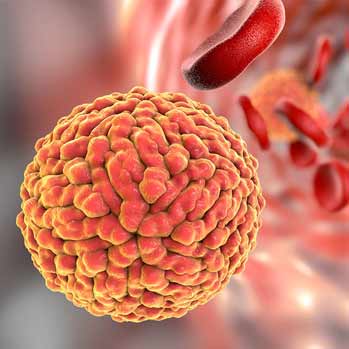
Zika Virus – Version 2.1
This release has hundreds of updates and many new viruses that are now found along with the Zika virus.
